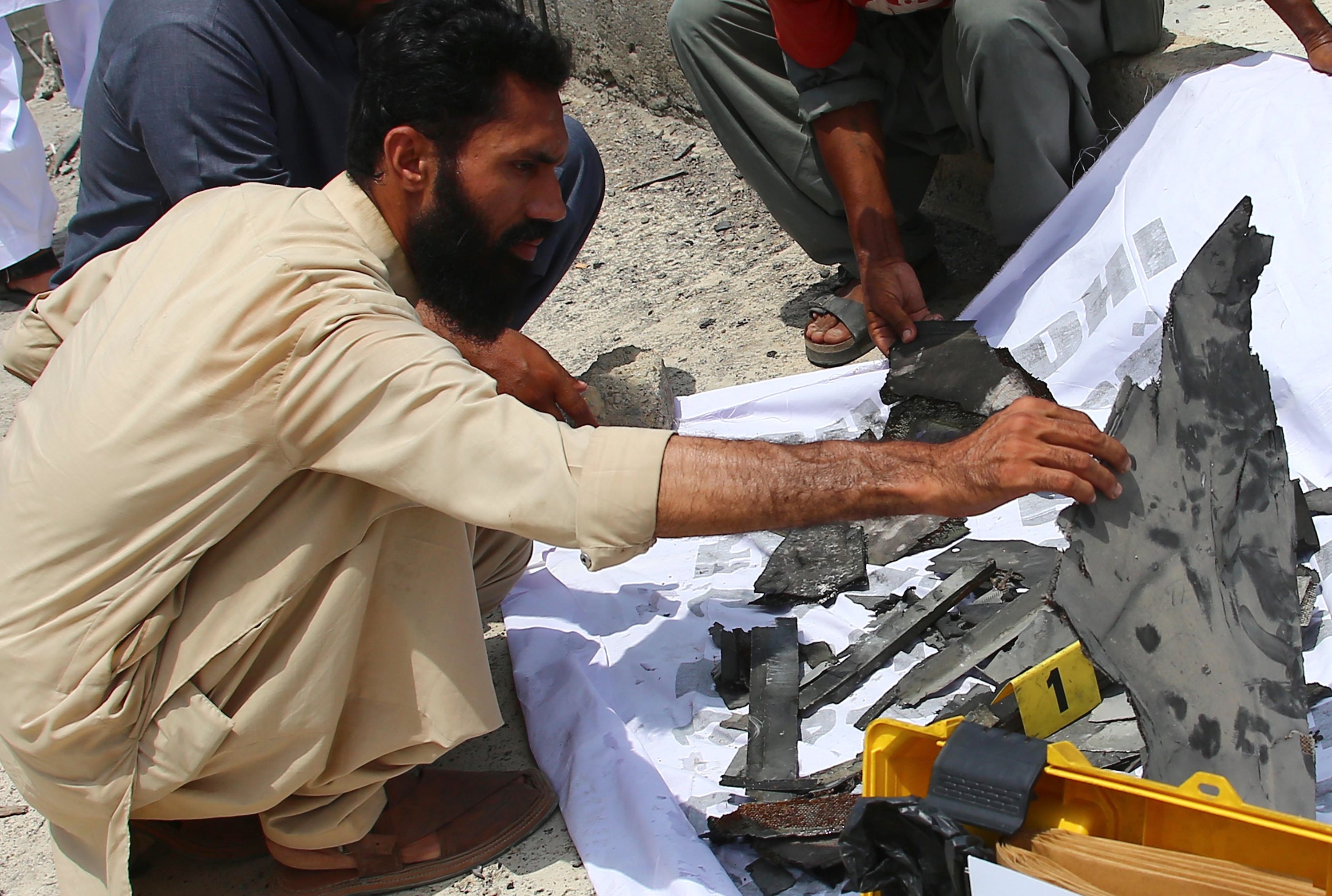© Turkuvaz Haberleşme ve Yayıncılık 2025
South Asia has long been a heated front line. The two nuclear-armed archrivals, India and Pakistan, have fought five wars over Kashmir, making South Asia a heavily militarized region. The latest development in the region was that India and Pakistan agreed on a truce over the recent tension resulting from the deadly attack on tourists in the Indian held Kashmir.
Although the “Pahalgam tragedy” has yet to be investigated as to whether it was a “false flag operation or an act of terrorism,” the Indian media started an anti-Pakistan campaign, making a case for war, claiming gunmen were backed by Pakistan.
Despite Pakistan, the U.S., China, Türkiye, Qatar, Iran and Saudi Arabia supporting the idea of a “neutral probe” into the tragic incident, the Indian media and politicians’ irresponsible behavior fed the tension, which eventually ended in a high-priced confrontation risking the first nuclear war in South Asia.
The warmongering politics and distortion of truth behind the Pahalgam incident led to a brief war. Though currently both countries are observing the fragile cease-fire, mutual accusations of violations may trigger a new round of war.
At this critical junction, it is significant to look at how the South Asia region has emerged as a tech-war battleground between global powers and what the implications will be if the war escalates in the region. Can major powers guarantee that both sides will refrain from using firepower and rather go for peace talks?
South Asia is witnessing extraordinary waves of changes from a “new era of diplomacy” to an emerging battleground of high-tech war. Certainly, the global powers that assist India and Pakistan are competing not only for their own hegemonic designs and enhancing their political influence in the region but also to gain an edge on each other in high-tech warfare.
The old "Great Game" continues with advanced modern warfare technologies ranging from high-powered microwave weapons to AI, from cognitive warfare to cyberattacks. This tech revolution is driven by innovation in the competition for global dominance. A bumper-to-bumper race between China and the U.S. is gaining momentum each day. A leading security expert, Seth G. Jones, finds both China and America are investing heavily in high-tech, with China spending $31.2 trillion compared to America’s $24.7 trillion.
The ongoing tech-rivalry between the two superpowers, China and the U.S., is noticeable in the recent war in South Asia. South Asia has risen as the new “front line of the tech war,” in which China, seemingly, has defeated the U.S. and the West.
Piles of evidence backed by independent researchers, defense experts and leading media houses detail how Chinese technology crushed the Western and Israeli drones, jets, radars and jammers. According to Zarrar Khuhro, India’s “air offensive has backfired,” which exhibits Chinese weaponry brilliance in “dogfight” (aerial combat between fighter planes) and drone warfare.
At the peak of India and Pakistan's current tensions, a CNN report predicts that for China, this conflict “could be its first major test,” and the world has seen how “Chinese military technology performs against proven Western hardware.”
A long list of military experts, including Mehul Srivastava and Charles Clover, uncovered before the start of India and Pakistan's fifth war, how China’s “Chengdu Aircraft Company’s stock had started to soar,” surely due to the Chinese jets (JF-17 Thunder and J-10 Vigorous Dragon).

Western media, defense experts and politicians have begun to admit that Chinese weapons started to gain credibility after the India-Pakistan conflict, and Chinese jets “can take on western technology” as Pakistan used the “Beijing-made J-10C Vigorous Dragon” equipped with PL 15 missiles to shut down India’s French-made Rafale jets.
Notably, China is far ahead in the making of stealth fighter jets, namely the J-20 and especially its sixth-generation fighter jets, the J-36, that can “block the airspace to foreign bases in Guam for up to two hours from 1,000 kilometers (621 miles) away.” Correspondingly, China is ahead of the U.S. in navy and commercial ship production. Brookings Institution reports acknowledge China’s rapid naval advancements that put China ahead of the West in many ways.
Obviously, Pakistan's armed forces’ ability and strength exhibit brilliance, but the present combat sets a scene for a “shift in South Asia airpower balance and China’s arrival as an aerial warfare power.”
According to the TRT investigative report, “India is heavily investing in Israeli technology to boost its military capabilities. This partnership includes a wide range of advanced systems, from defence to reconnaissance operations,” Heron UAVs, reconnaissance drones, Barak-8 long-range air-defence, Tavor rifles, ELTA Radars (multitarget tracking), Spice Kits (precision-guided bombs), Python-5 (rockets-Rafael, long-range air-to-air missiles), Derby (long-range air-to-air missiles), MF-Star (El/M-2248 Sea Radar).
Besides, the war in South Asia gives rise to new alliances as China, Türkiye, Azerbaijan, Saudi Arabia and Iran have taken a stance with Pakistan’s position that discredits Indian aggression against its sovereignty without offering evidence of its involvement in the so-called terror attack in Indian held Kashmir. Pakistan and Türkiye have emerged as close partners, as Pakistan is a strategic partner in developing Türkiye's 5th Generation fighter jet KAAN.
Hopefully, once the dust settles, both India and Pakistan will maintain dialogue. However, in a world where tension and conflict continue between Israel and the majority of Middle Eastern countries, the U.S. and Iran, China and Taiwan, and various other states, there may be many more instances of future air combat where Western and Chinese defense technologies clash. Following the India-Pakistan conflict, this has become a reality, not fiction. The West and its allies must recognize the value of peace, as it is the only way forward – from Gaza, Ukraine and Africa to South Asia and beyond. It’s time to halt the arms race and acknowledge that Western supremacy is nearing its end.